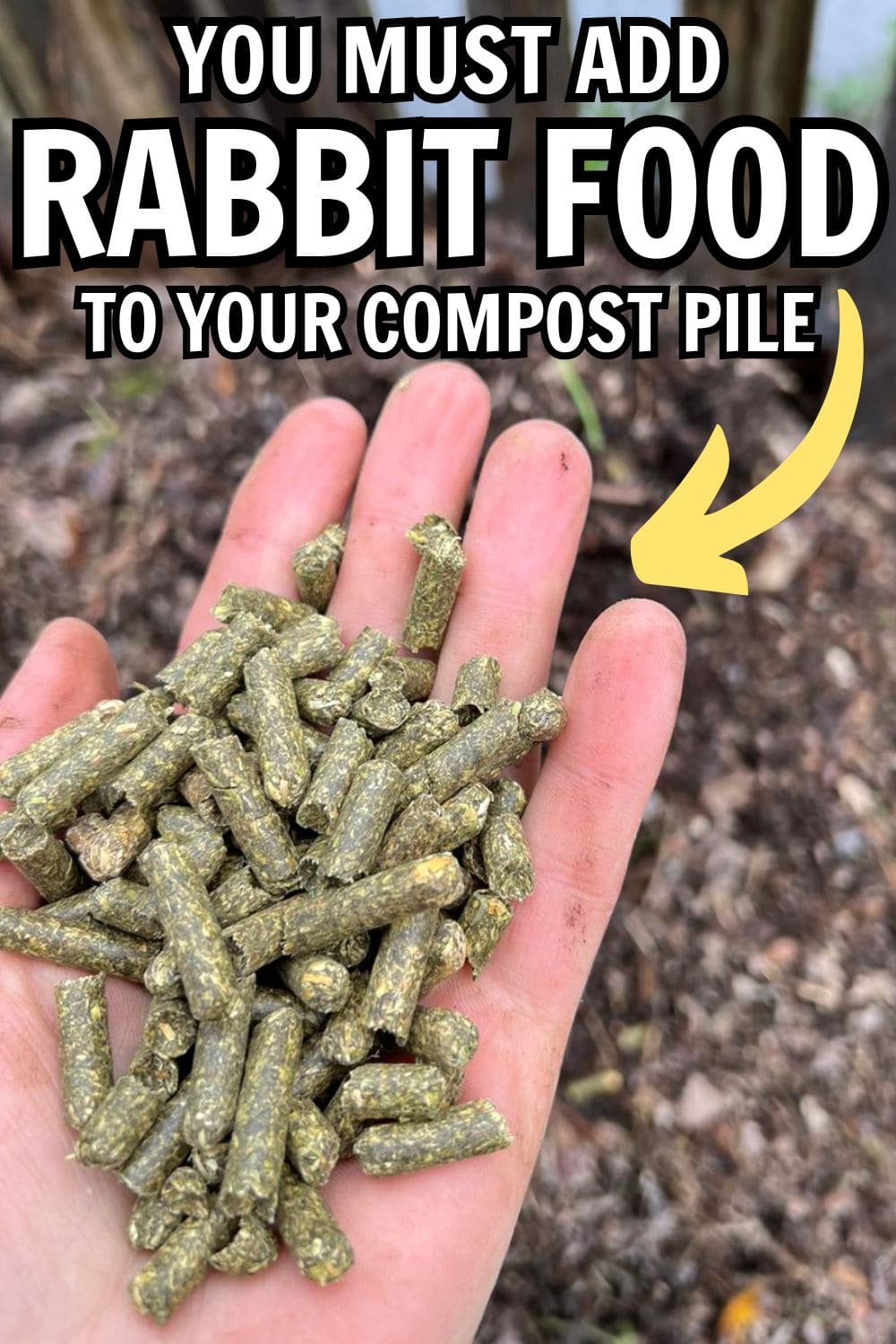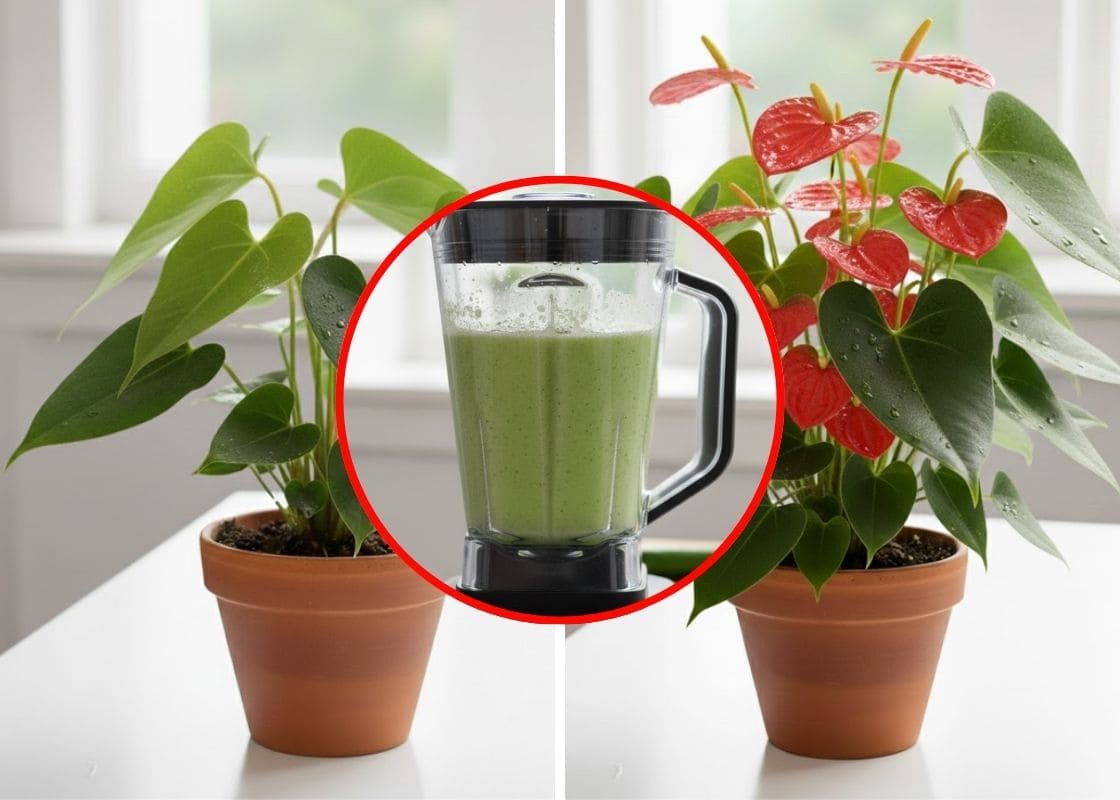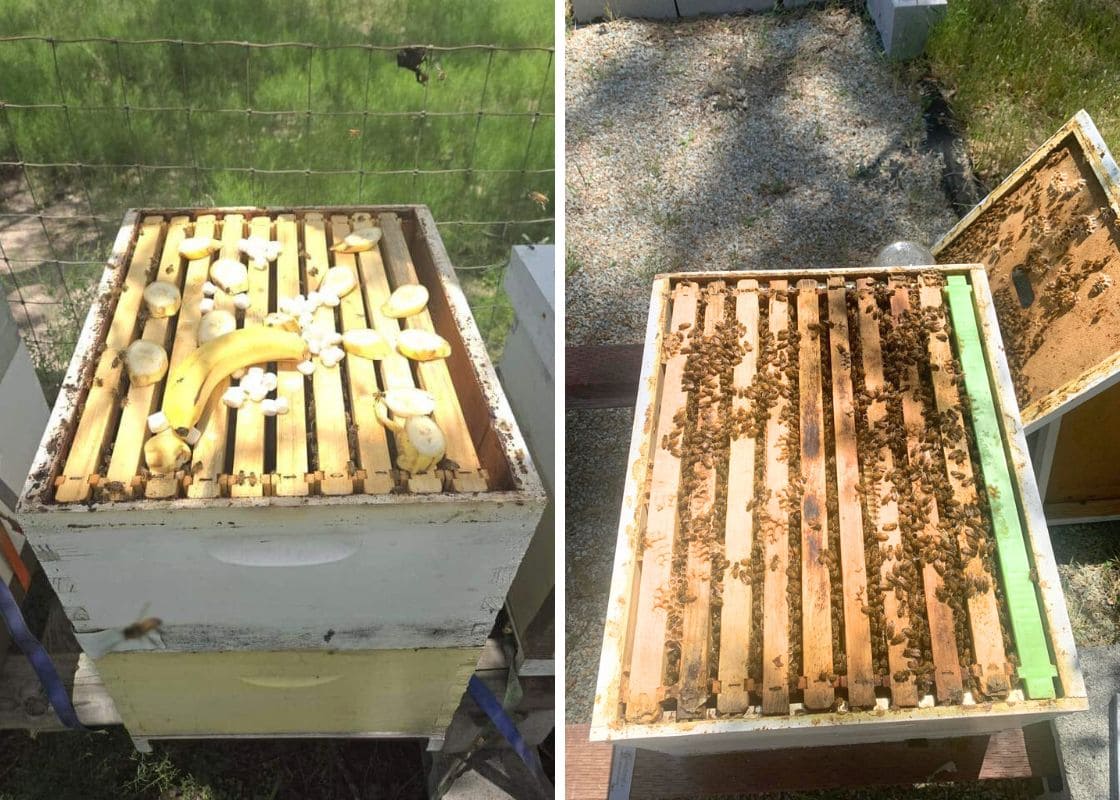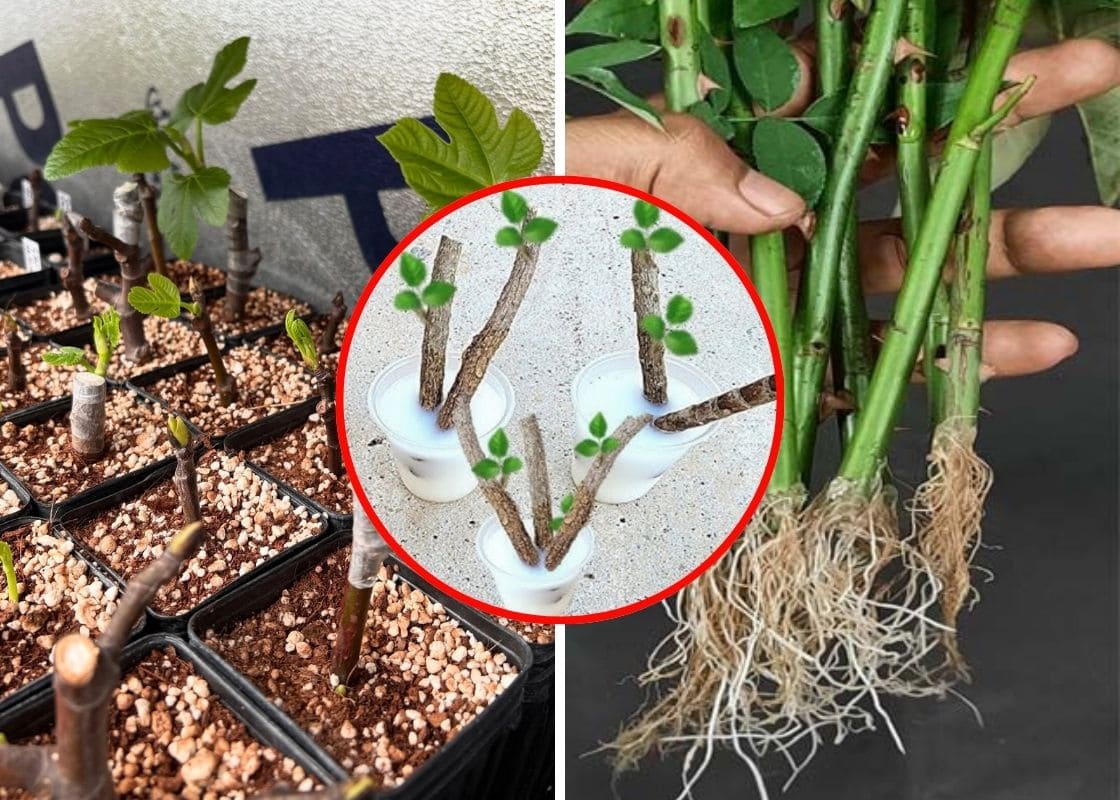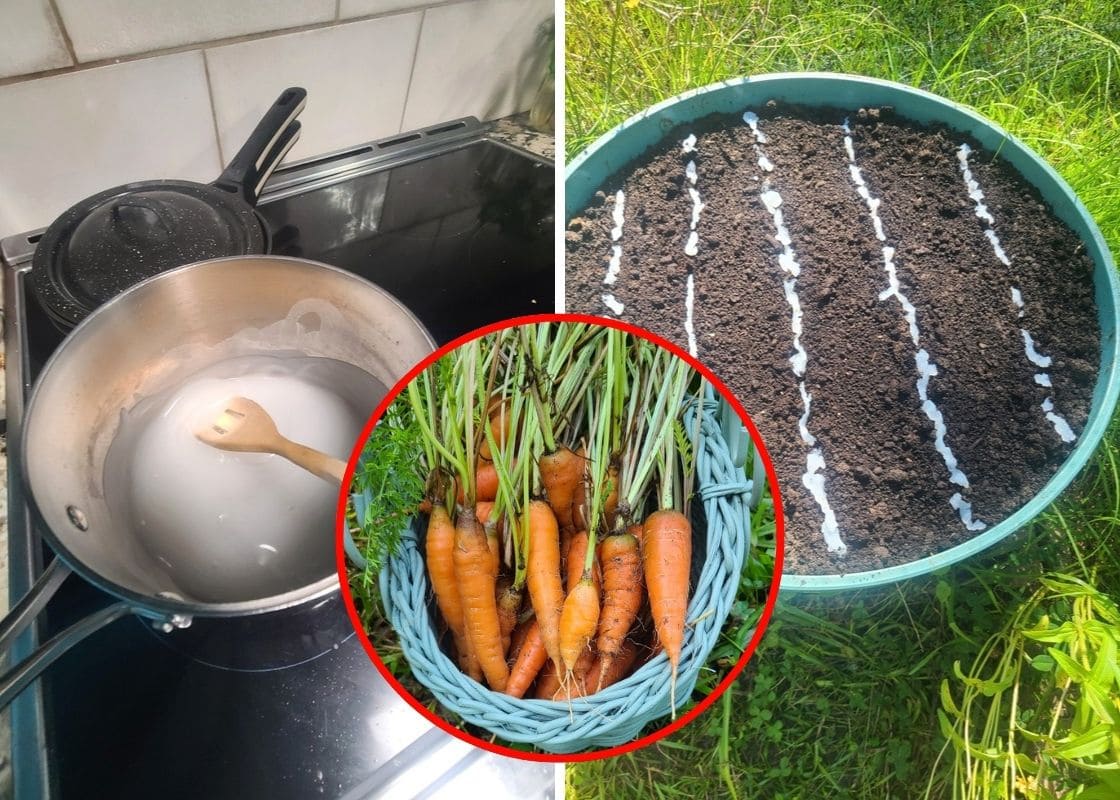If you had told me years ago that I’d be buying rabbit food not for a pet but for my garden, I probably would’ve raised an eyebrow.
Yet here I am, years later, with a shovel in one hand and a bag of alfalfa pellets in the other, completely convinced this unassuming animal feed deserves a permanent spot in every gardener’s toolkit.
These tiny, dry, compacted green nuggets may look like something only a bunny would love, but they’re packed with powerful benefits that feed your soil, your plants, and the whole ecosystem beneath your feet.
They’ve helped me bring raised beds back to life, coax bigger blooms out of struggling flowers, and even rescued sluggish compost piles from going cold.
The Science-Backed Benefits of Alfalfa Pellets in the Garden
High Nitrogen Content for Lush Growth
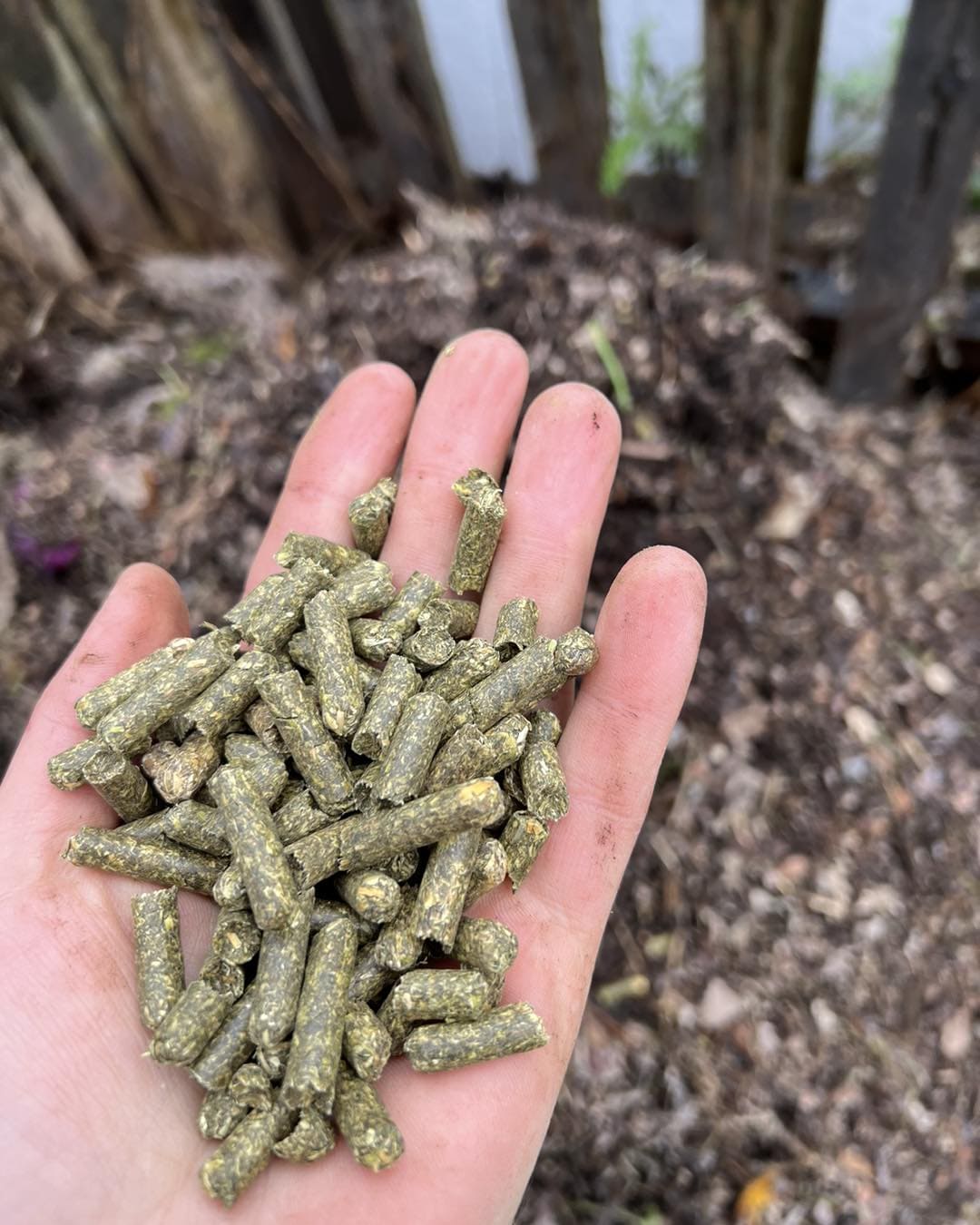
Alfalfa is a legume, meaning it naturally pulls nitrogen from the atmosphere into its structure.
When ground and pressed into pellets, it still holds that rich nitrogen, about 2.5–3% by weight. That’s more than many store-bought organic fertilizers.
Besides, nitrogen is the main driver of green leafy growth. If your garden greens are looking pale or stunted, a bit of alfalfa can bring them back to life.
Rich in Micronutrients and NPK
Besides nitrogen, alfalfa pellets also contain phosphorus (promotes root strength and flowering), potassium (aids disease resistance and overall vigor) and calcium, magnesium, sulfur, all essential for strong plant structure and metabolic function
They’re basically a slow-release multivitamin for your soil.
Tricontanol: The Natural Growth Promoter
Here’s where alfalfa really shines. It contains tricontanol, a natural plant hormone (fatty alcohol) found in the waxy coating of its leaves.
Tricontanol is known to stimulate photosynthesis, enhance root mass, improve flower production and even boost fruit size and sugar content
I first noticed its effects after sprinkling alfalfa pellets around some sluggish rose bushes in early spring. Within a few weeks, they were fuller, greener, and sending out buds with surprising speed.
Improves Soil Texture
As the pellets break down, they release organic matter into the soil. Therefore, using rabbit food helps loosen clay-heavy soil, increase water retention in sandy beds and feed soil microbes that improve nutrient cycling.
Why You Reach for Rabbit Food Over Synthetic Fertilizers
What sets alfalfa pellets apart from synthetic fertilizers is how forgiving and balanced they are. You don’t have to worry about burning roots or overfeeding sensitive plants.
The pellets break down gradually, feeding both plants and soil organisms over time.
I’ve used them in every part of the garden from vegetable beds to rose borders, fruit trees to herb spirals and they’ve never failed to deliver.
How to Use Rabbit Food in the Garden
Method 1: Soil Amendment Before Planting
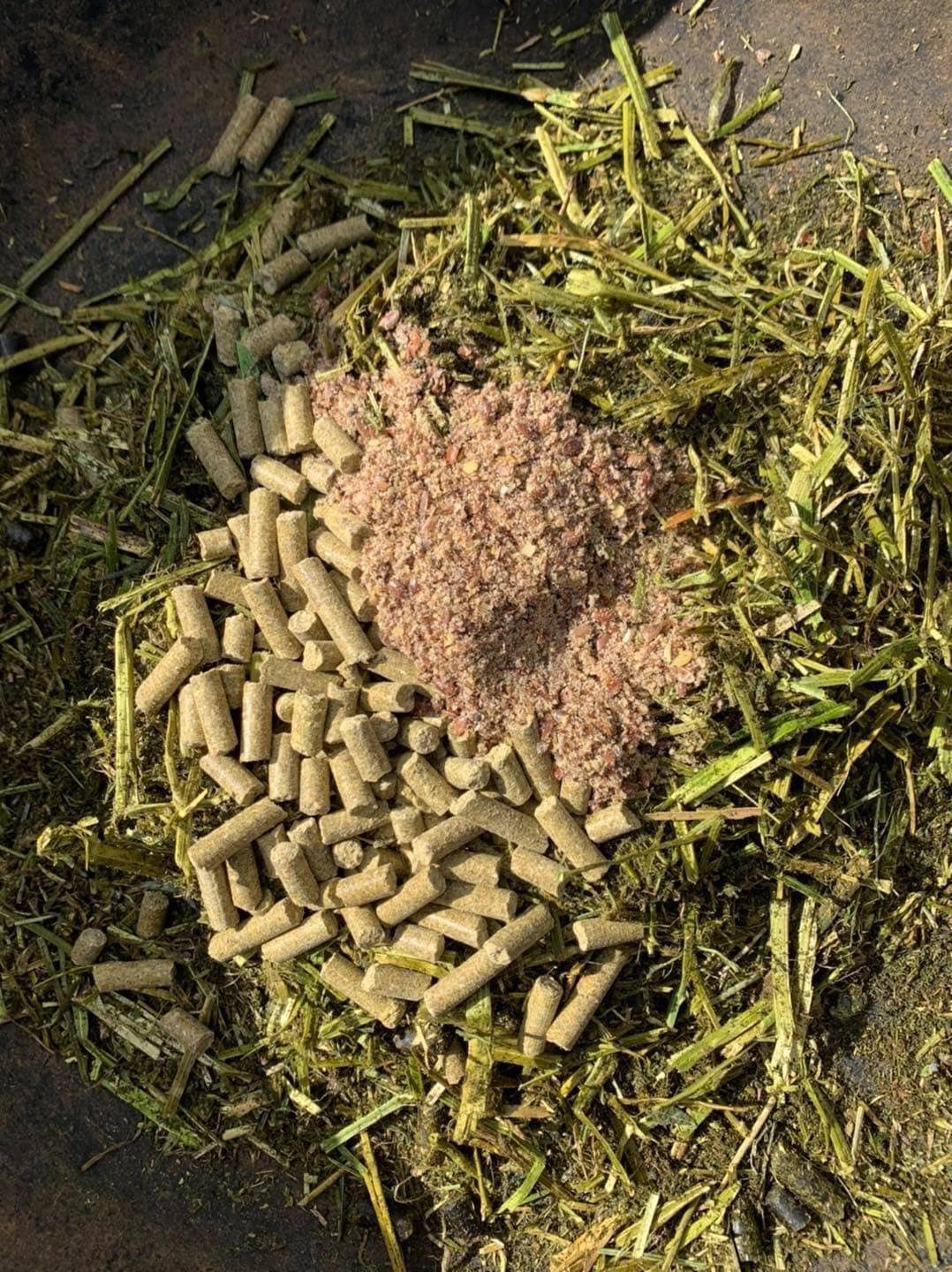
When spring rolls around and I’m preparing my raised beds for a new season of planting, alfalfa pellets are one of the first things I reach for.
After turning over the soil and removing any lingering weeds or debris, I scatter a couple of cups across each bed, roughly two to three cups per ten square feet. Then I lightly work them into the top few inches of soil with a fork or hand rake.
As soon as I water the bed, the pellets begin to swell and soften, eventually breaking down into a loose, compost-like texture.
Within a week or two, the soil smells richer, holds water better, and feels alive. Seedlings take off more quickly, and I rarely need to add anything else until mid-season.
Method 2: Mulch Booster for Established Plants
For perennials and larger plants that need ongoing support, I use alfalfa as a slow-release mulch. I’ll sprinkle a small handful around the base of each plant, taking care to keep it away from the stem or crown.
As I water, the pellets swell and gently melt into the top layer of soil. They don’t just feed the plant, they improve the texture of the soil itself, encouraging better root penetration and microbial activity.
I especially love using this method on roses. I’ve seen them double their bloom output after just one round of alfalfa treatment in early summer.
Method 3: Alfalfa Compost Tea
When needing to give plants a quick boost, especially during times of stress, after transplanting, or during a dry spell, I make alfalfa tea.
It’s as simple as soaking one cup of pellets in a five-gallon bucket of water for a day or two. Stir it occasionally, and by the second day, you’ll have a cloudy, earthy-smelling liquid full of gentle nutrients and growth hormones.
I use this to water tomatoes, herbs, flowers, just about everything. It’s not too strong, so there’s no risk of burning, but it gives plants a noticeable lift.
Method 4: Compost Accelerator

If you compost regularly and struggle with keeping the pile hot, alfalfa pellets can be a game changer. They act as a natural activator, encouraging microbial activity that drives decomposition.
I often toss in a few handfuls whenever I add a new layer of browns, like dried leaves or cardboard. Within days, the pile heats up, the smell improves, and things break down faster.
Because they’re high in nitrogen, alfalfa pellets help balance the carbon-heavy materials that can slow composting down.
Plants That Love Alfalfa
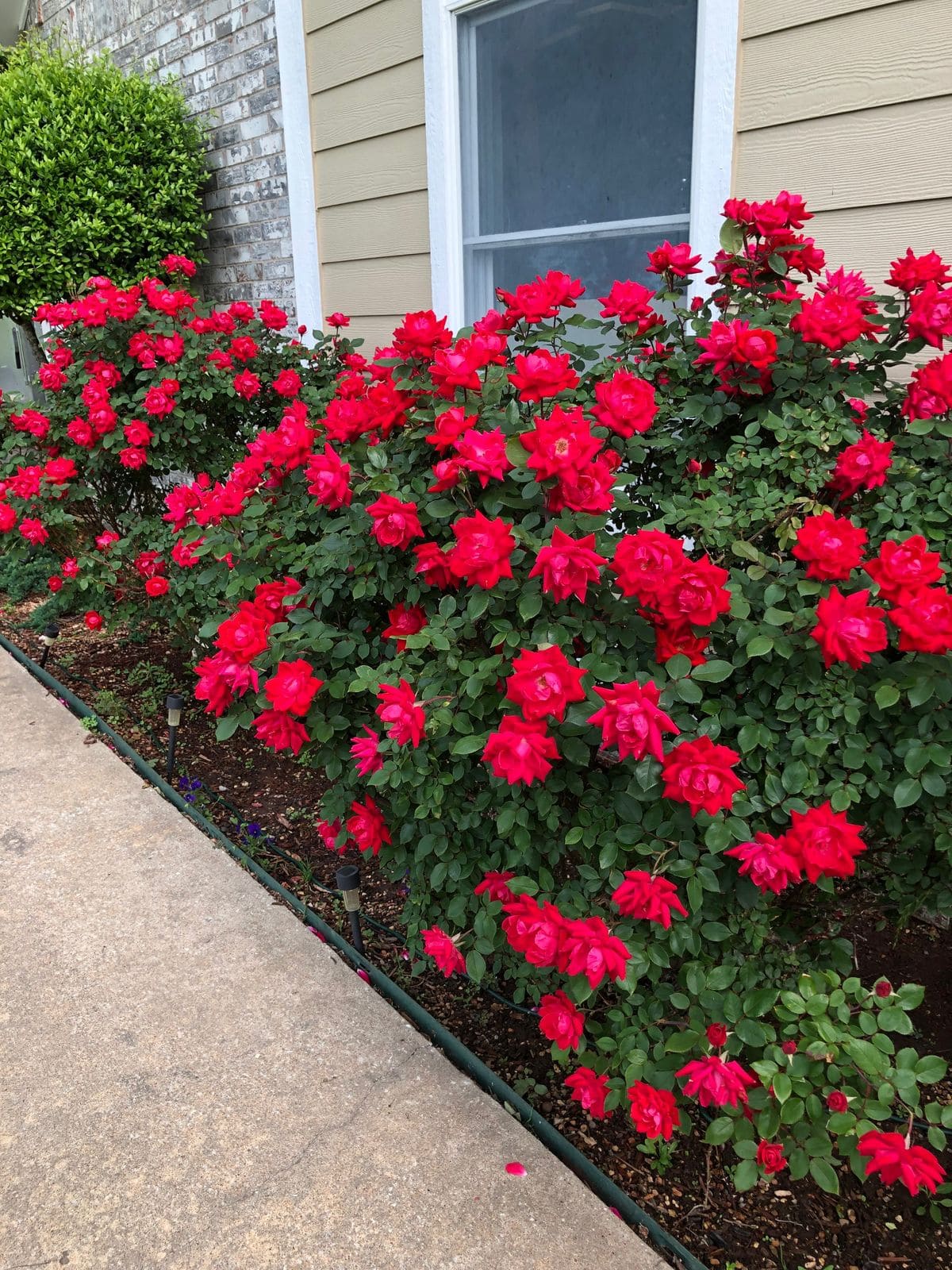
While just about any plant will benefit from improved soil, I’ve found that some are particularly responsive to alfalfa pellets.
Tomatoes thrive on the slow, consistent nitrogen. Peppers become sturdier and produce more fruit. Roses reward you with blooms that seem to last longer and open wider.
Also, leafy greens get greener. Even fruit trees respond with stronger flushes of new growth and better resistance to early-season pests.
Tips and Cautions for Best Results
I only buy plain pellets, no added molasses, salt, or vitamin blocks meant for livestock. These additives aren’t good for soil life and can do more harm than good.
I also avoid using too much around seedlings or in containers, where the nutrient concentration can be stronger in a smaller space. Instead, I mix them into the soil ahead of time or use tea if I need to feed potted plants.
And finally, I always make sure to water well after applying. The pellets expand quite a bit, and you don’t want them clumping and staying dry.
The Long-Term Payoff of Rabbit Food
Alfalfa pellets build healthier soil over time, feeding not just your plants but also the fungi, bacteria, and tiny organisms that keep everything thriving below the surface.
After a few seasons of consistent use, you’ll notice a difference. It becomes looser, more fragrant, easier to work with. That’s not magic. That’s biology, boosted by a humble bag of rabbit food.
